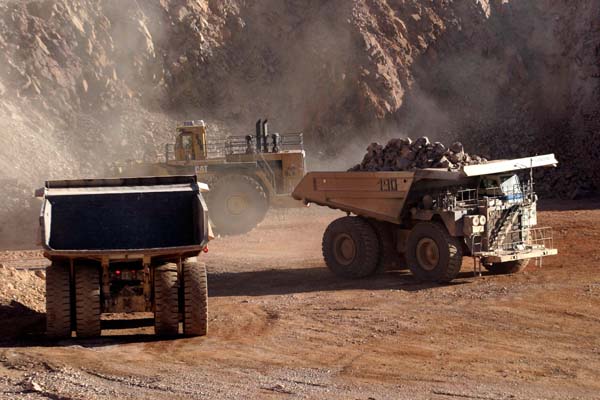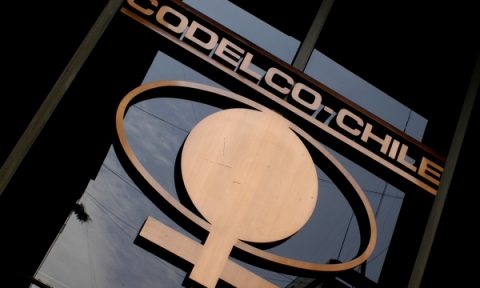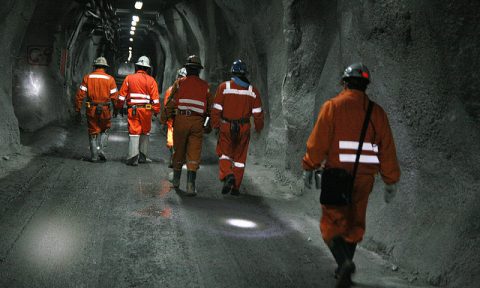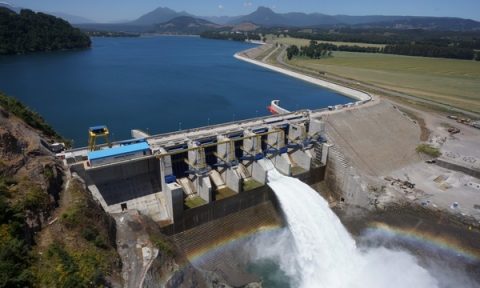In 2020, 43% of copper in the world will have better ore grade than Chilean´s
10-Oct-2012 Diario Financiero – News
Per Mining Council estimates
In 2020, 43% of copper in the world will have better ore grade than Chilean´s
Besides, for that time local mining industry would require 90% more energy than today
During a Mining Law seminar carried out at Diego Portales University, Carlos Urenda, General Manager of Mining Council -organization gathering most important companies in the mining area – stated that some surveys made by the entity report that 43% of copper world production in 2020 will have better mineral grade than Chilean’s. This figure exceeds by far the 21% of mining deposits that had better grades than local deposits in 1992.
Besides, Urenda mentioned that an arising long-term problem refers to the restrictions different productive factors are having. “For 2020 requirements of energy will be 90% higher than today while water needs will be 80% higher and human capital demand will increase 60%”.
The reasons for grade lowering
Ore grade refers to the measurement that describes copper fines concentration contained in a deposit. Lower grades directly affect mining projects costs. Nelson Pizarro, Lumina Copper CEO, said “new projects appear today with grades lower than 0.5% while some years ago it was quite unthinkable to even dare to invest in a project like that”.
The Lumina executive explained that ore grades are expected to lower because deposits are aging. He added “currently, average ore grades in the country must be around 0.86%. Every year head grades in the world are lowering, and about 350 to 400 thousand tons are taken off from the market for an equivalent amount of treatment capacity”.
On the other side, counselor Cristián Quinzio, specialist in mining issues, asserted that this phenomenon is to some extent due to the fact that “there are more countries entering the market, as it is the case of Mongolia”. Quinzio also mentioned that the fact that Codelco Chuquicamata is going through underground development “is a sign that high grade reserves are being run out of and operations must consider a different cost now. The same reasoning applies for El Teniente, and I will not even mention El Salvador”.
Another source close to mining industry added “Chuquicamata started with grade over 2% and now it is around 0.6%. The same occurred at Escondida, it started with amazing ore grades where they recovered 30 pounds of copper fines per treated ton. Nowadays recovery is about 15 pounds. Furthermore, today mines are being developed considering they will be recovering about 6 pounds of copper fines per one ton of material”.
In accordance with data gathered, Minera Escondida still has the best ore grade, but it is already getting to 1.15% approximately. Meanwhile, El Teniente has been obtaining in the order of 0.8%. Anglo Sur, Andina, Chuquicamata and Los Pelambres are about 0.7% ore grades, Esperanza 0.5%, and Caserones has a 034% ore grade to be mined.
Thus, in order to manage this trend, Juan Carlos Guajardo, General Manager for CESCO (Center for Copper and Mining Studies), said that solution for low ore grades is at “investing in replacement assets to compensate natural grade lowering. In Chile, production of copper mine is practically standstill since 2004, excluding Esperanza and Spence, there has been no new projects flow during recent years”.












